

Climate change is happening faster than we can prepare. Even the most seasoned preppers might be overlooking some critical threats.
While many are ready for natural disasters like hurricanes and wildfires, hidden dangers linked to climate change often go unnoticed. The risks are broader than most think, from shifting weather patterns to unforeseen supply chain disruptions.
We highlighted these overlooked effects because being fully prepared means accounting for the unexpected. Some commonly discussed dangers were left out to focus on less obvious but equally important threats preppers need to consider.
1. Hotter Temperatures
While preppers may be aware of the hotter temperatures that climate change can cause, they may be ignoring how fast this is happening and the long-term effects that it could cause, such as heat waves, droughts, and crop failures. These conditions could lead to food and water shortages, making survival more difficult.
2. Extreme Weather
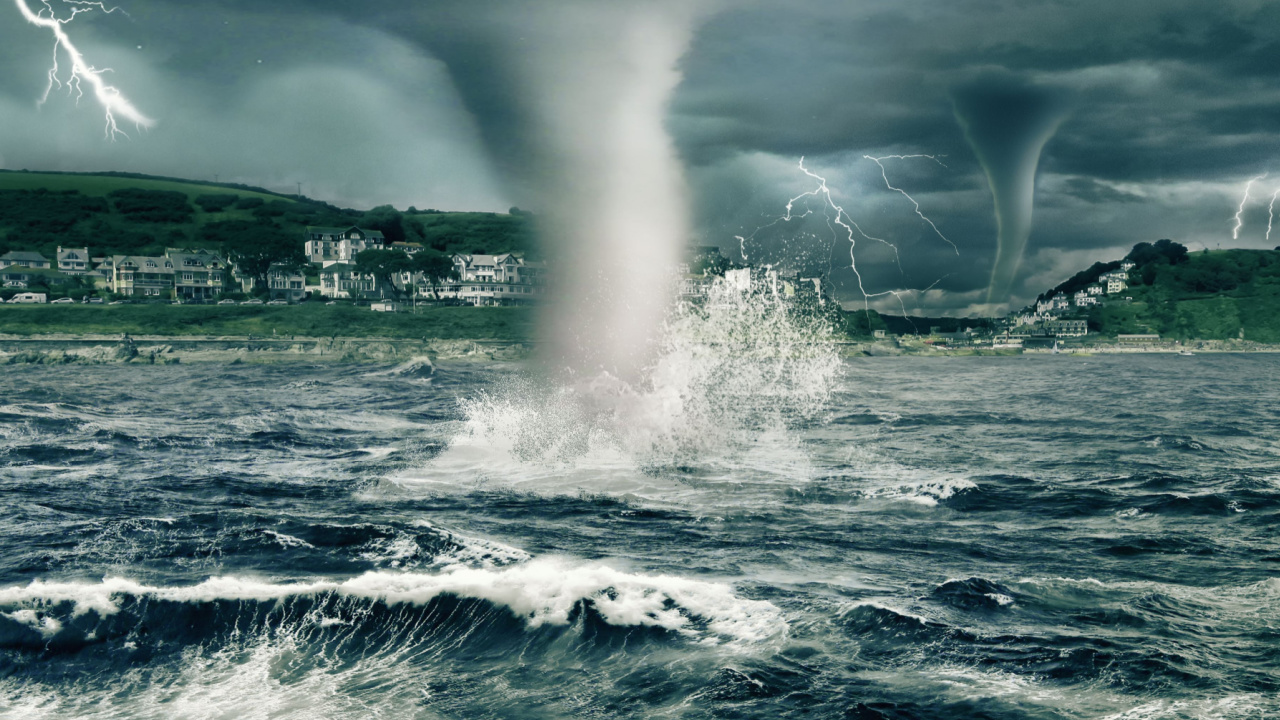
As temperatures rise, the increased evaporation of moisture leads to more extreme rainfalls, which causes even more severe storms with more impact. Preppers should prepare for stronger thunderstorms, blizzards, hurricanes, and tornadoes.
3. Droughts

Some preppers may realize that climate change can affect temperatures, but they may ignore the possibility of potential water shortages. This could lead to extreme droughts, dust storms, and a lack of clean, usable water sources.
4. Melting Glaciers
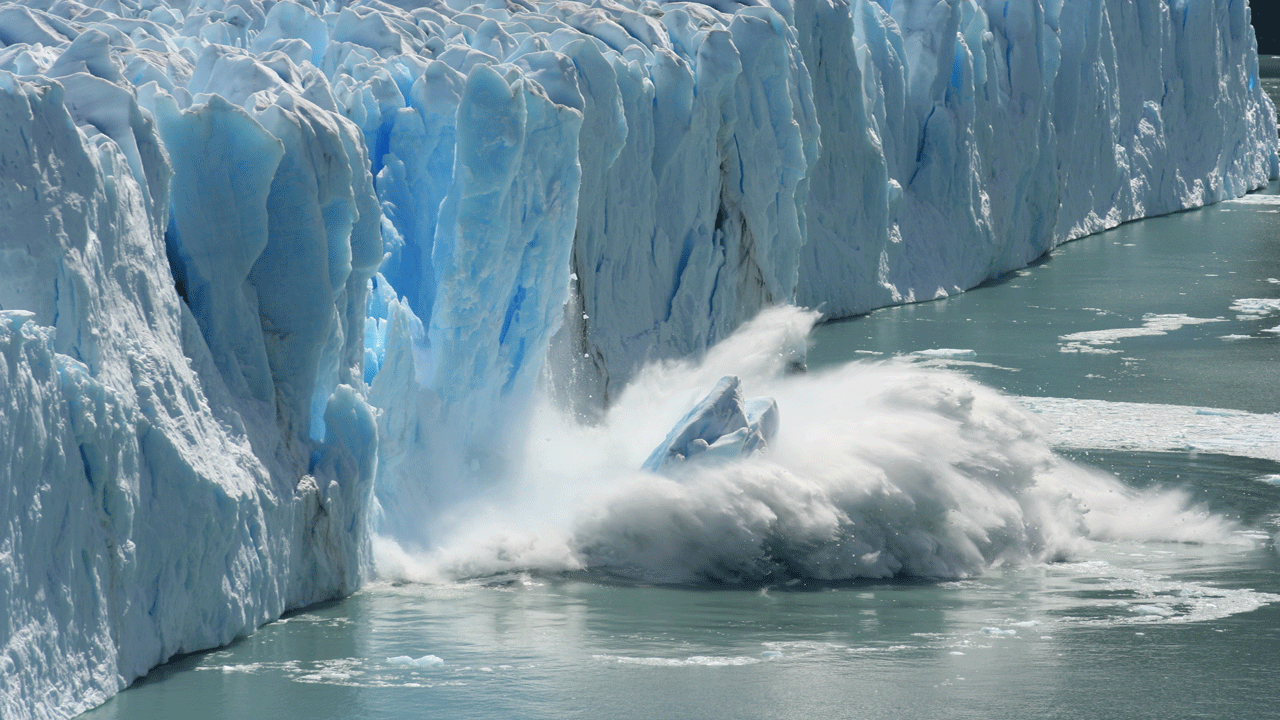
We have all been made aware of ice melting and glaciers melting due to climate change. As these glaciers melt, they contribute to rising sea levels, and coastal areas become more vulnerable to flooding. Preppers should also consider the impact of changing water availability and quality in their survival strategies.
5. Animal Loss
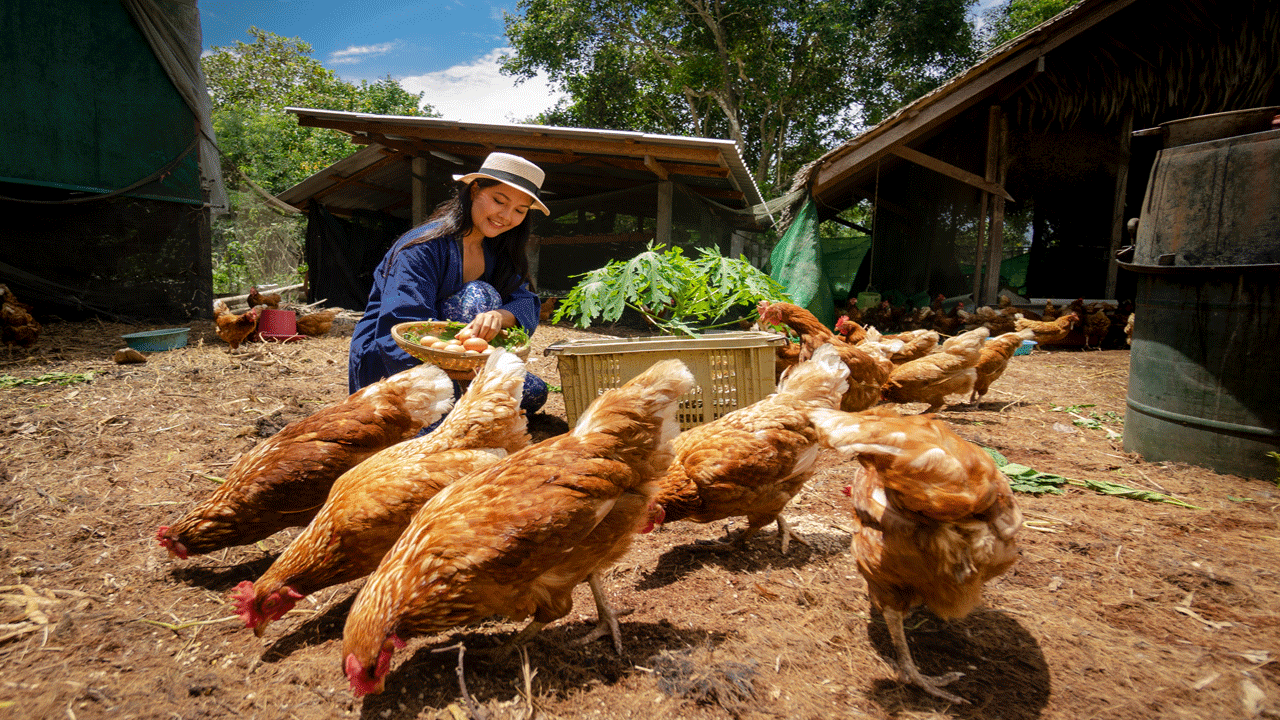
Climate change affects wildlife through extreme weather events, wildfires, and diseases, which can significantly impact preppers’ survival strategies. With the loss of certain animal species, traditional hunting grounds and practices may be affected, potentially limiting food sources for those who rely on local wildlife.
6. Plant Loss
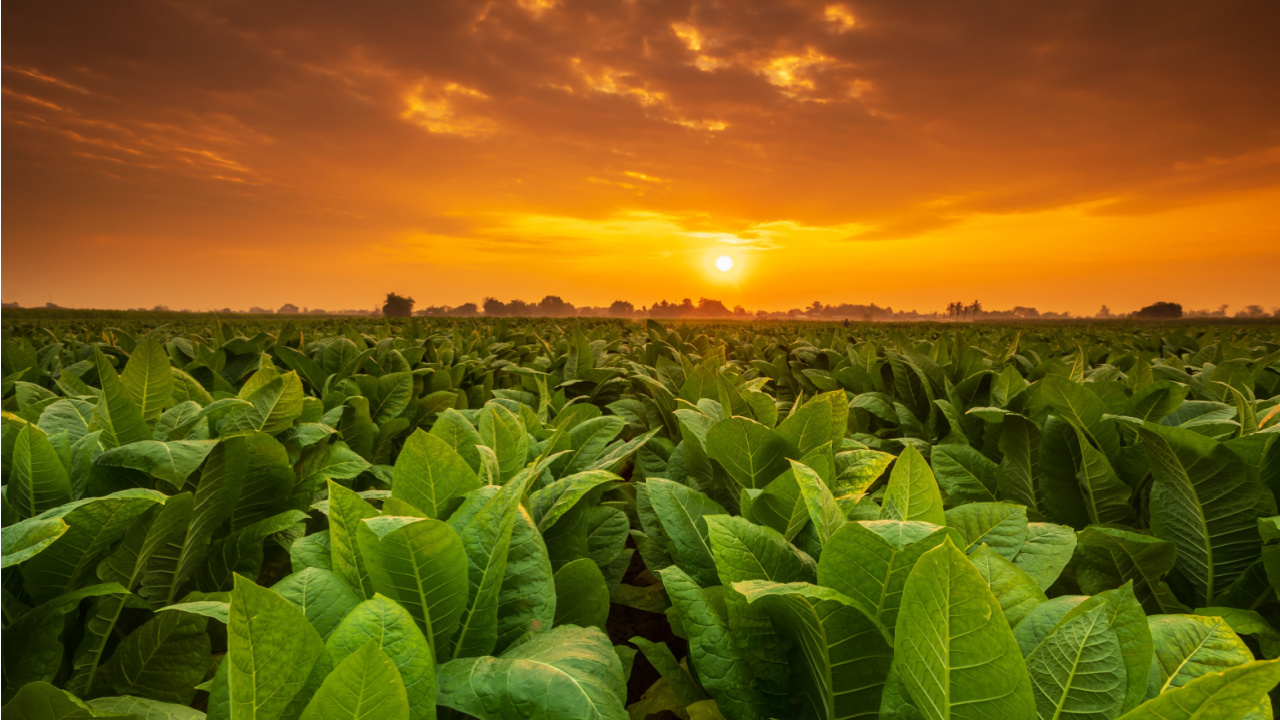
Extreme weather can affect crops, plus changes in temperature and rainfall amounts can affect how plants grow and survive. From forests to gardens, climate change has a noticeable impact that preppers need to consider and find alternative methods of growing food.
7. Wildfires

With higher temperatures, wildfires are more common and can spread quickly, destroying forests, croplands, and homes as they burn. While it may not seem like a big deal unless you live in a wildfire-prone area, due to the shifting climate, wildfires now threaten not just preppers’ gear and homes but also their ability to find food and water.
8. Poverty
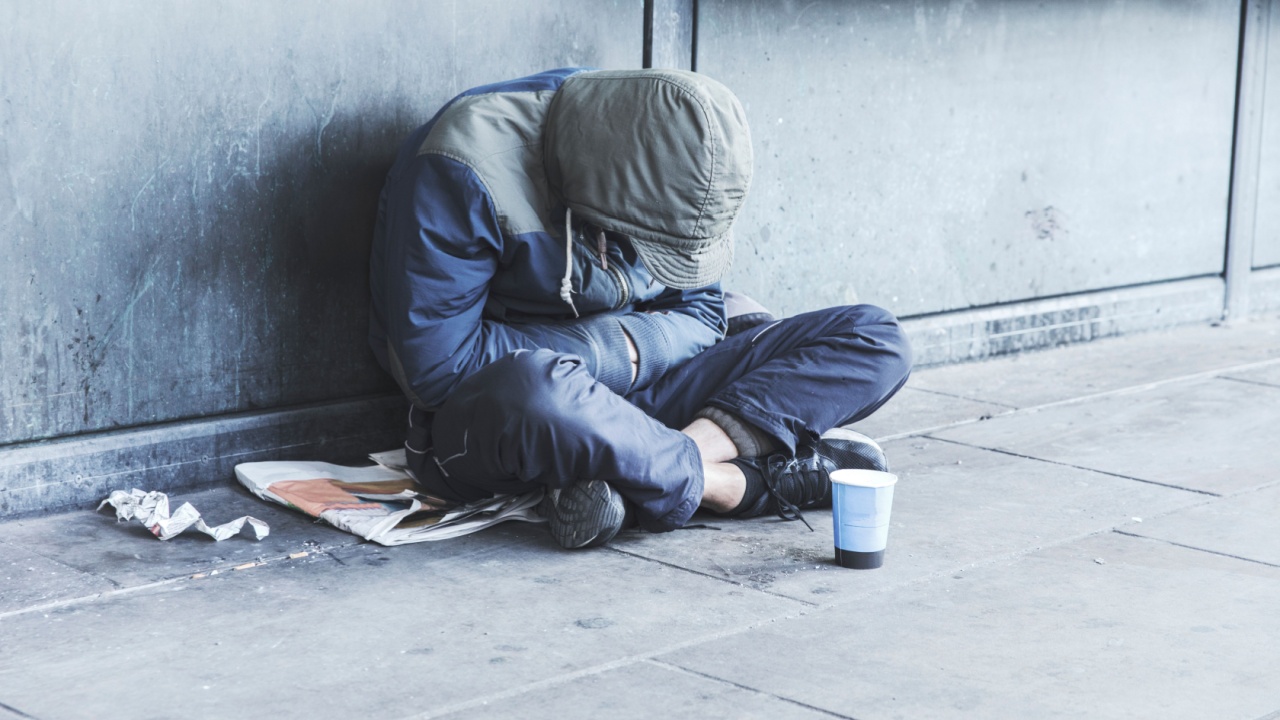
Poverty is one effect of climate change that many overlook, but it is a significant threat to preppers. Extreme weather can destroy homes, and heat makes outdoor jobs more complex, leading to displacement, job loss, and poverty for those already struggling.
9. Erosion
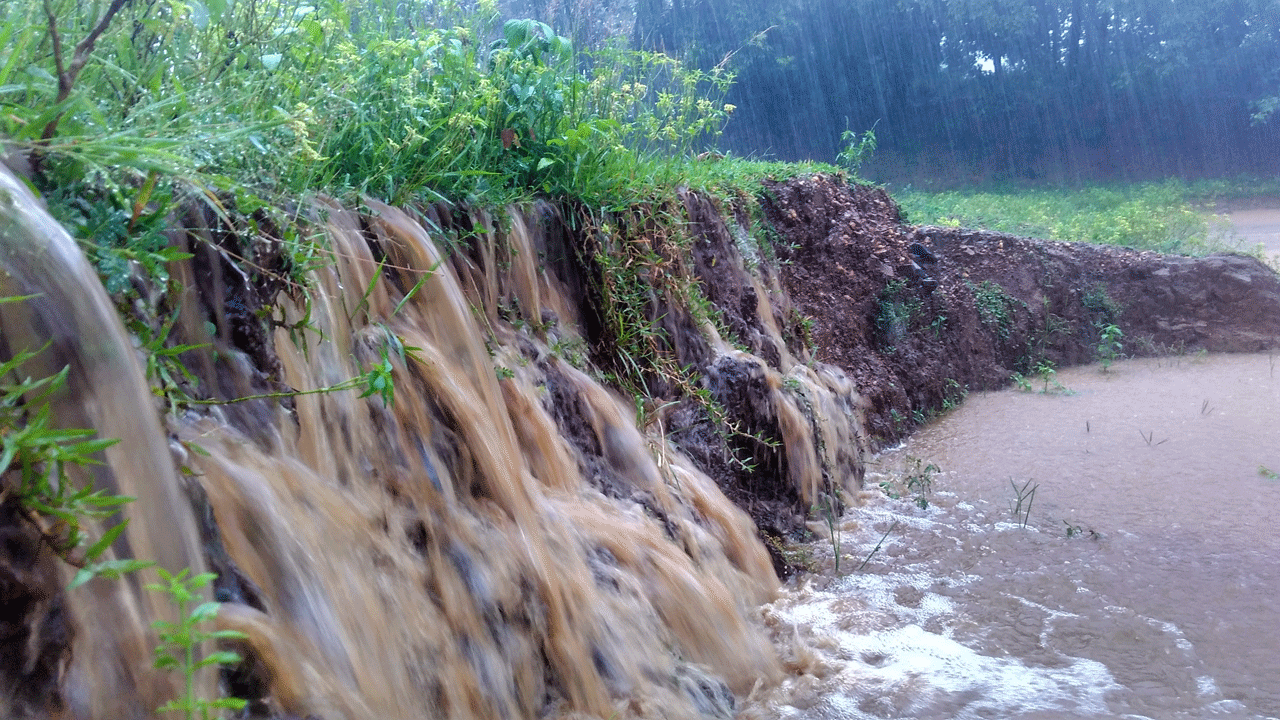
Extreme weather, winds, and dust storms damage our land by causing erosion, which can lead to loss of topsoil and a decrease in crop yields. Many preppers who enjoy sustainable living by growing their food should prepare for erosion by using terracing, windbreaks, or cover crops to safeguard their land.
10. Salinization
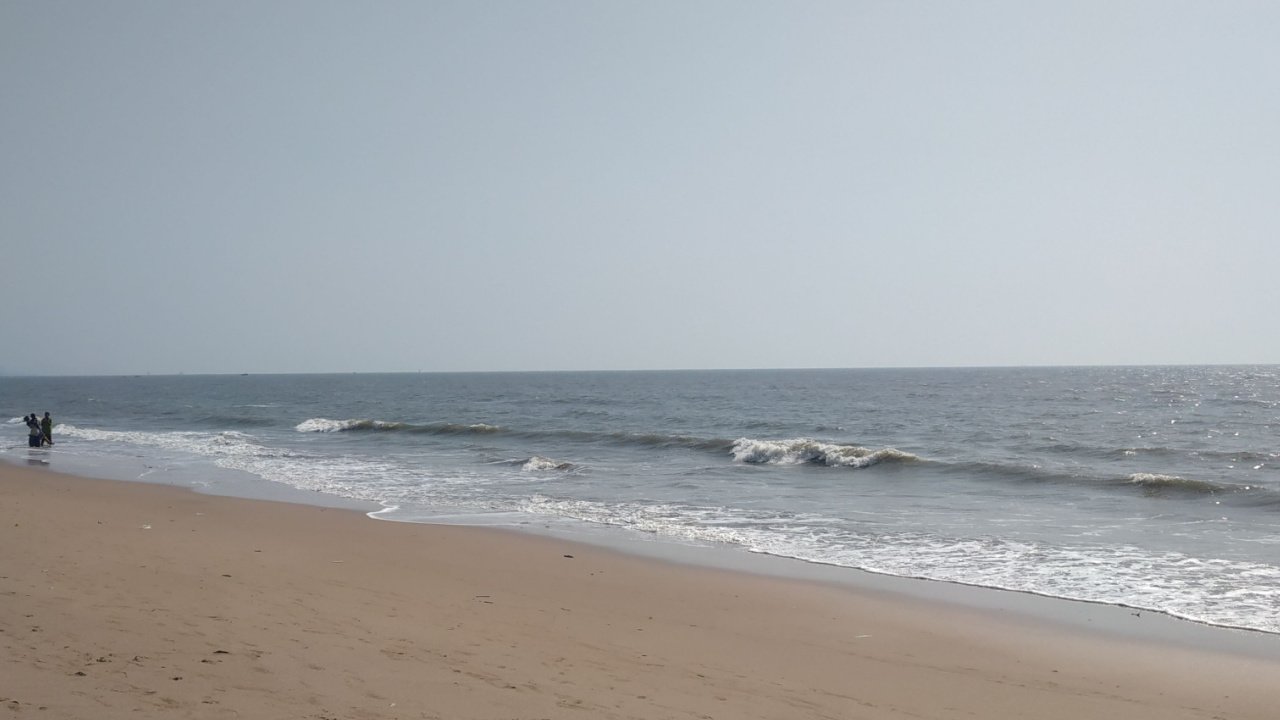
With rising sea levels and changes in rainfall, seawater can flood land during a storm surge, and the salt from the water can end up in the soil, causing salinization with salt levels high enough to harm plants and crops. Preppers should consider how climate change could impact their soil and use raised beds or drainage systems to prevent salinization.
11. Flooding
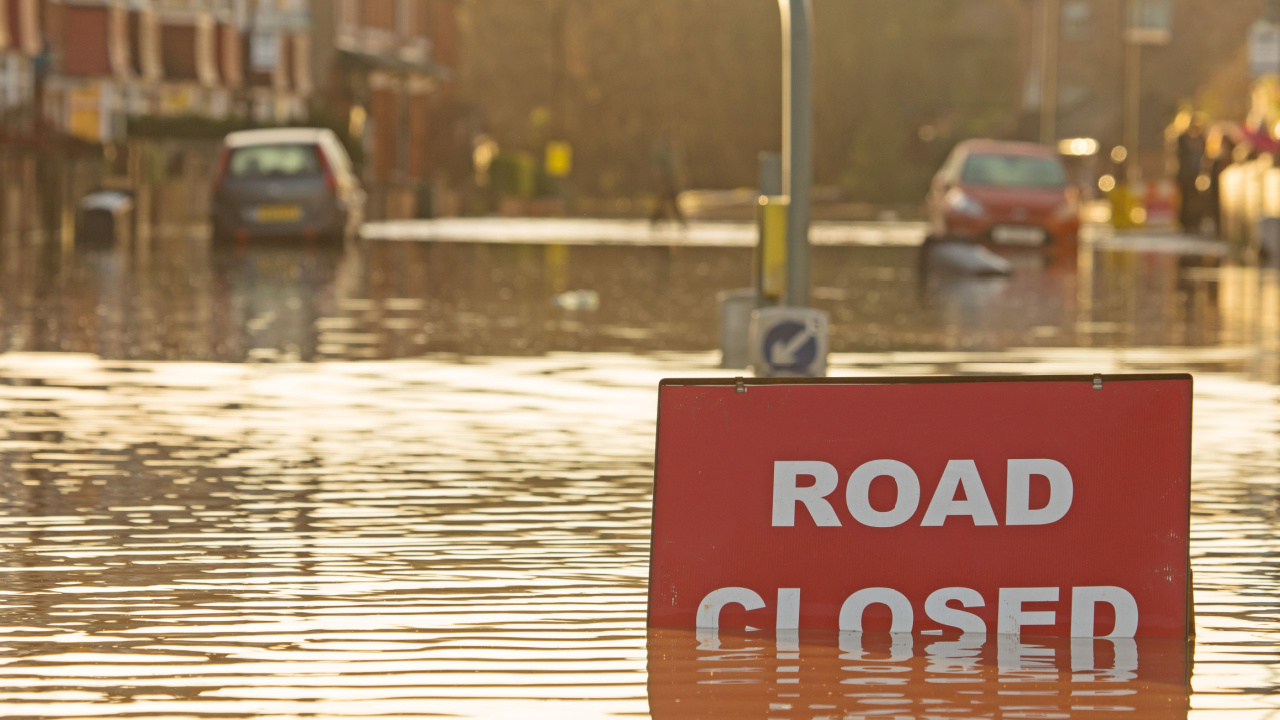
Although preppers prepare for various disasters, flooding is one dangerous event they often overlook when preparing. With climate change causing more intense and frequent rainfall, preppers should create a plan for evacuating in case of a flood and invest in sandbags or flood barriers to protect their property.
12. Greenhouse Gases
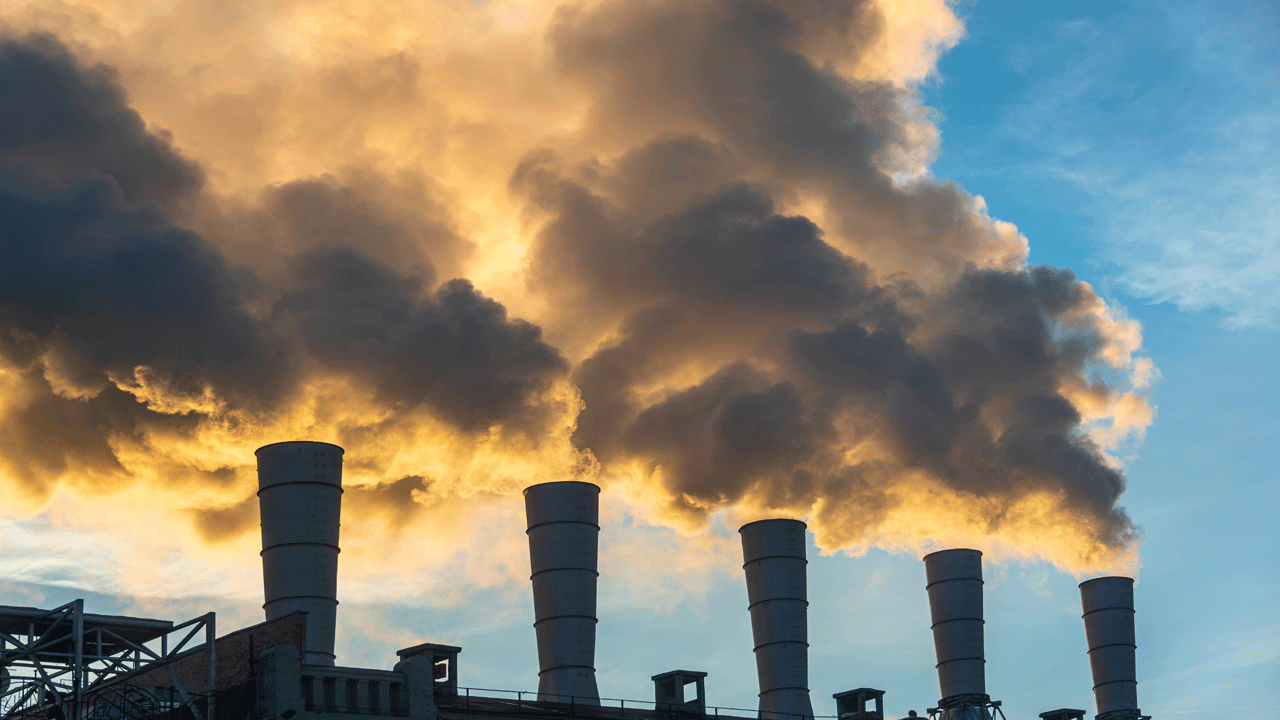
The increase in greenhouse gases, which drives climate change, is a factor preppers may overlook. Reducing their carbon footprint can be a part of their preparedness strategy, such as by using more renewable energy sources, planting more trees, and composting and recycling.
13. Lack Of Water
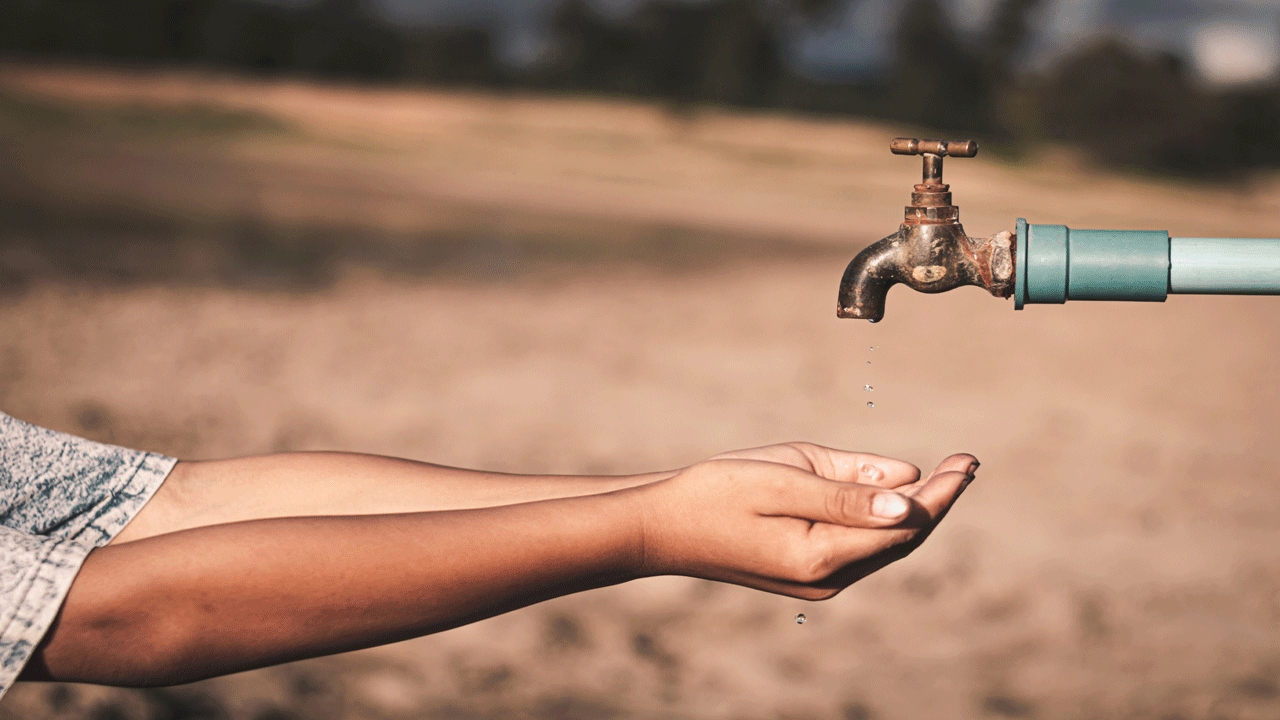
With increased temperatures and droughts, water scarcity is quickly becoming a possibility. Preppers should invest in a rainwater collection system to ensure plenty of water and learn how to filter and purify water properly for consumption.
14. Soil Biodiversity Loss
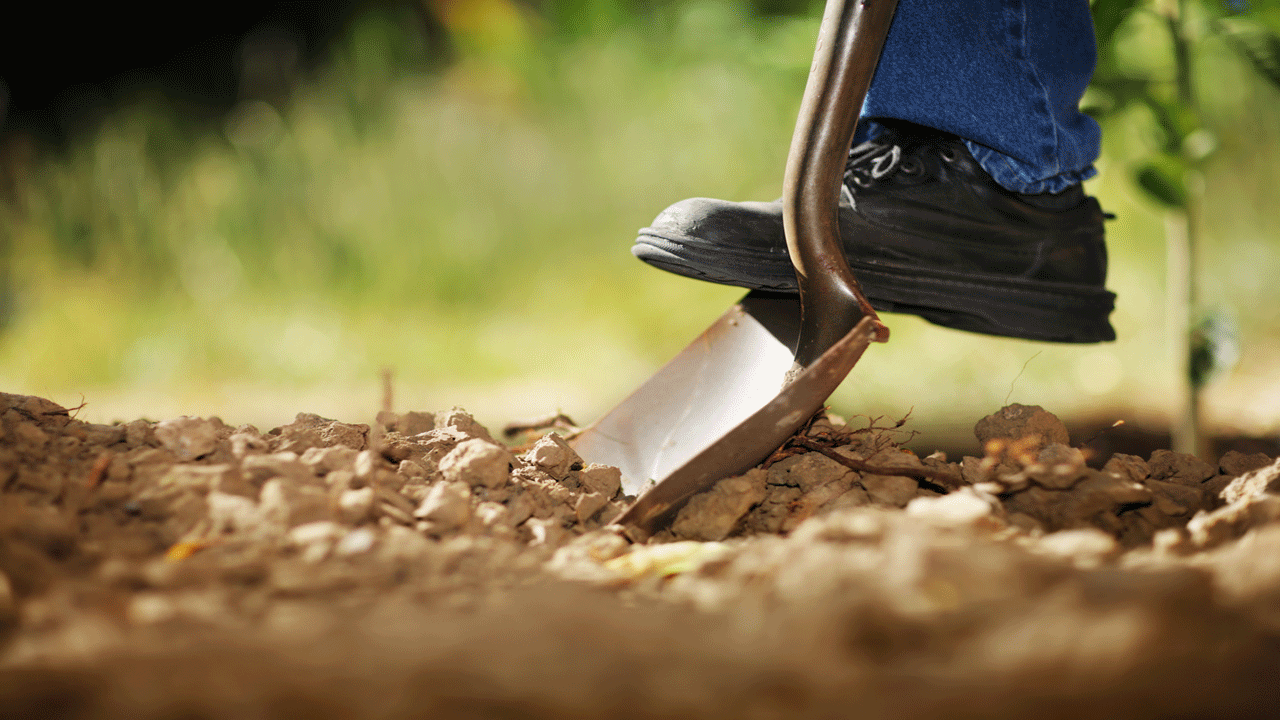
Healthy soil is vital in growing food, but climate change is causing soil biodiversity loss. Preppers can combat this by improving soil health and fertility with sustainable farming practices, such as crop rotation and no-till farming.
15. Landslides
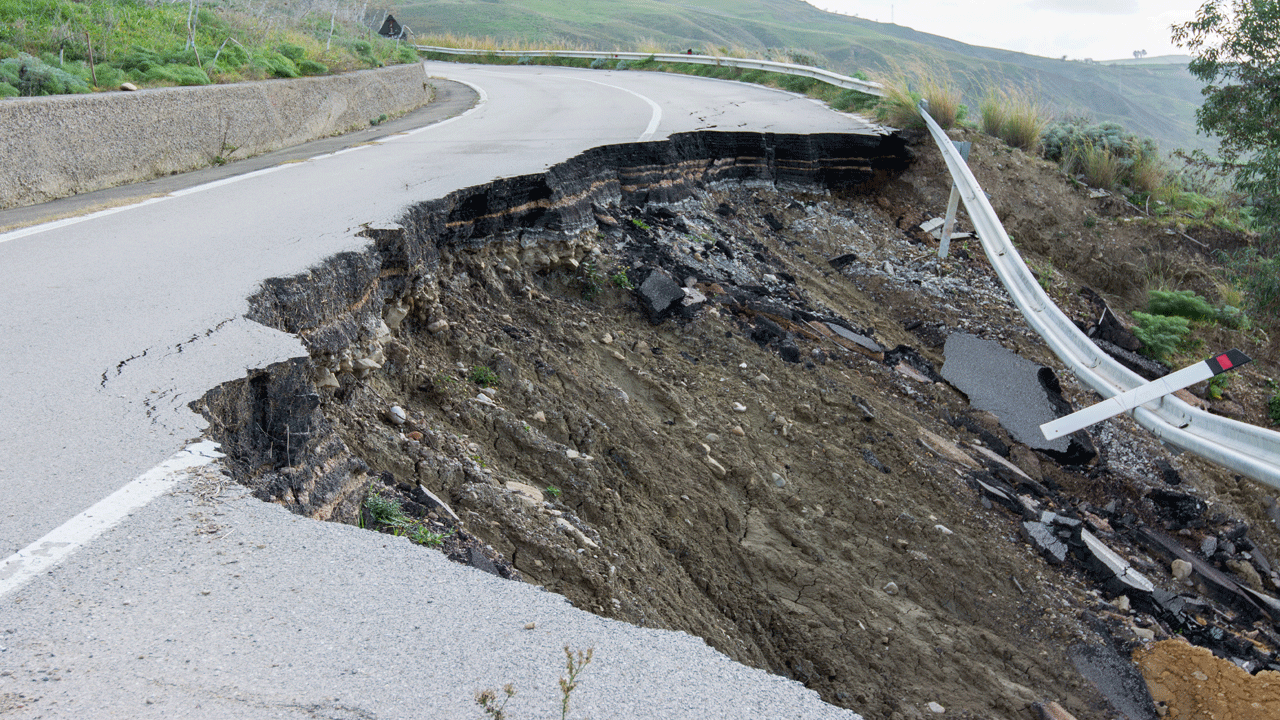
Extreme rainfall and storms can cause landslides, but many preppers do not consider them a potential danger in the area where they live, Due to climate change bringing about stronger and less predictable weather patterns, landslides might occur in unexpected areas, and preppers should be able to spot signs and have evacuation plans prepared for emergencies.
16. Health Risks
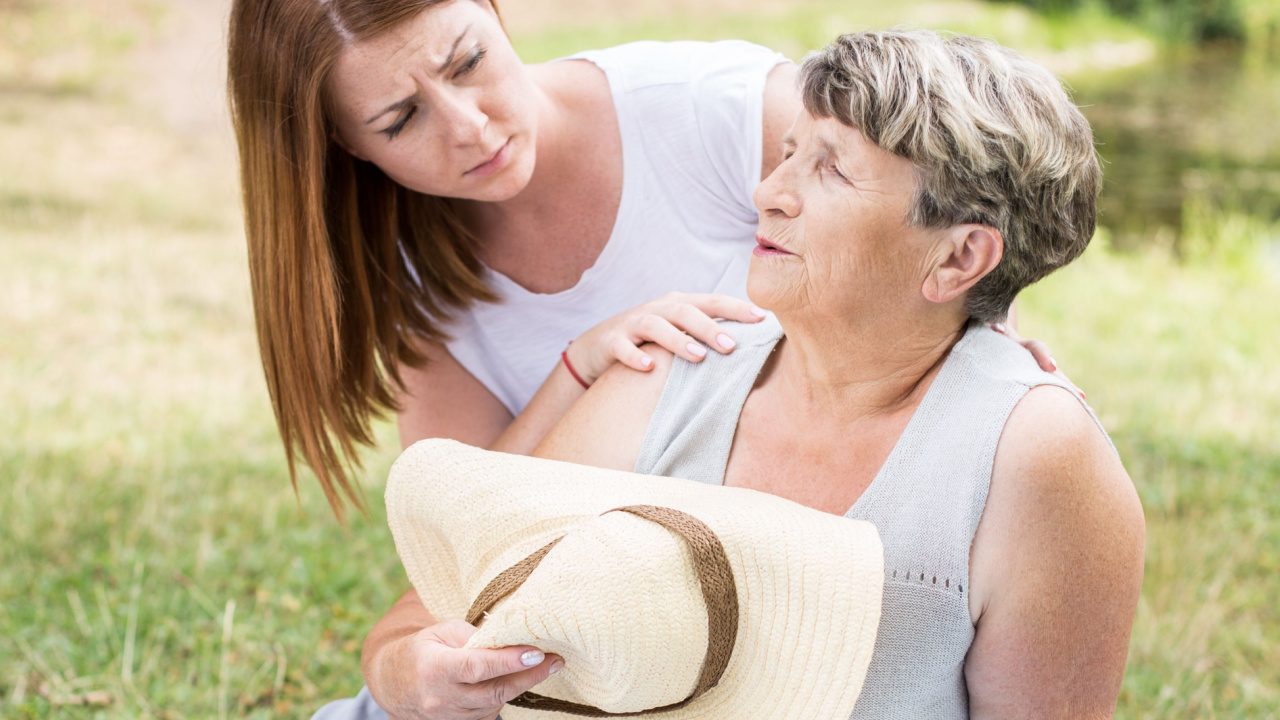
With air pollution, changing weather, and extreme weather events, climate change is already becoming a health risk. Preppers might ignore how climate change affects their health, but as temperatures rise and extreme weather becomes more common, the chances of heat stroke, breathing problems, and waterborne illnesses increase.
17. Displacement

Flooding, sea-level rise, and extreme weather events can all result in the displacement of individuals, families, and communities. While preppers may have a bug-out bag ready, they may not consider the possibility of natural disasters destroying all of their stockpile and shelter.
18. Pollution

Preppers concerned about long-term survival should also consider how climate change affects not only the weather and natural disasters but also contributes to pollution. As temperatures rise, more air pollutants, like smog, are created, making it tougher for people to breathe.
19. Ocean Acidity
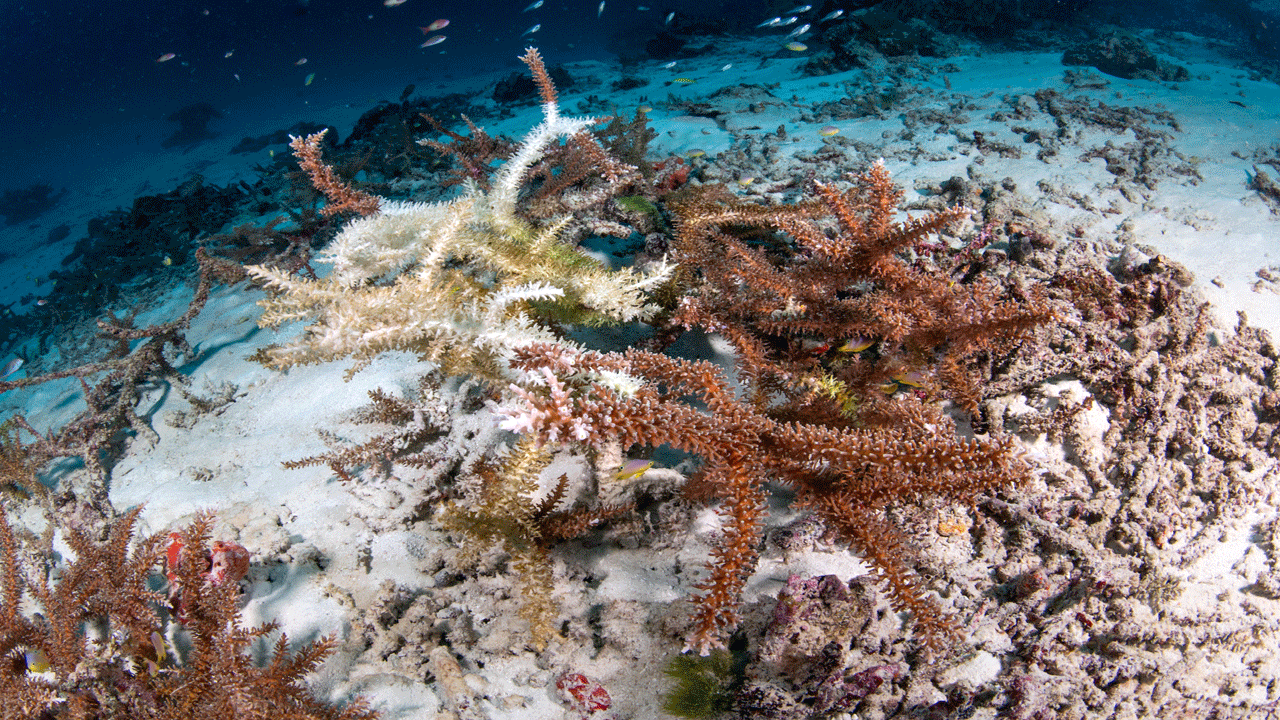
Many preppers depend on fish for their diet, but they ignore that climate change can affect the marine life they rely on for food. As atmospheric carbon dioxide levels rise, the oceans absorb more CO2, leading to ocean acidification. This process harms shellfish, coral reefs, and other marine life, potentially disrupting food sources for those who rely on fishing.
20. Zoonoses
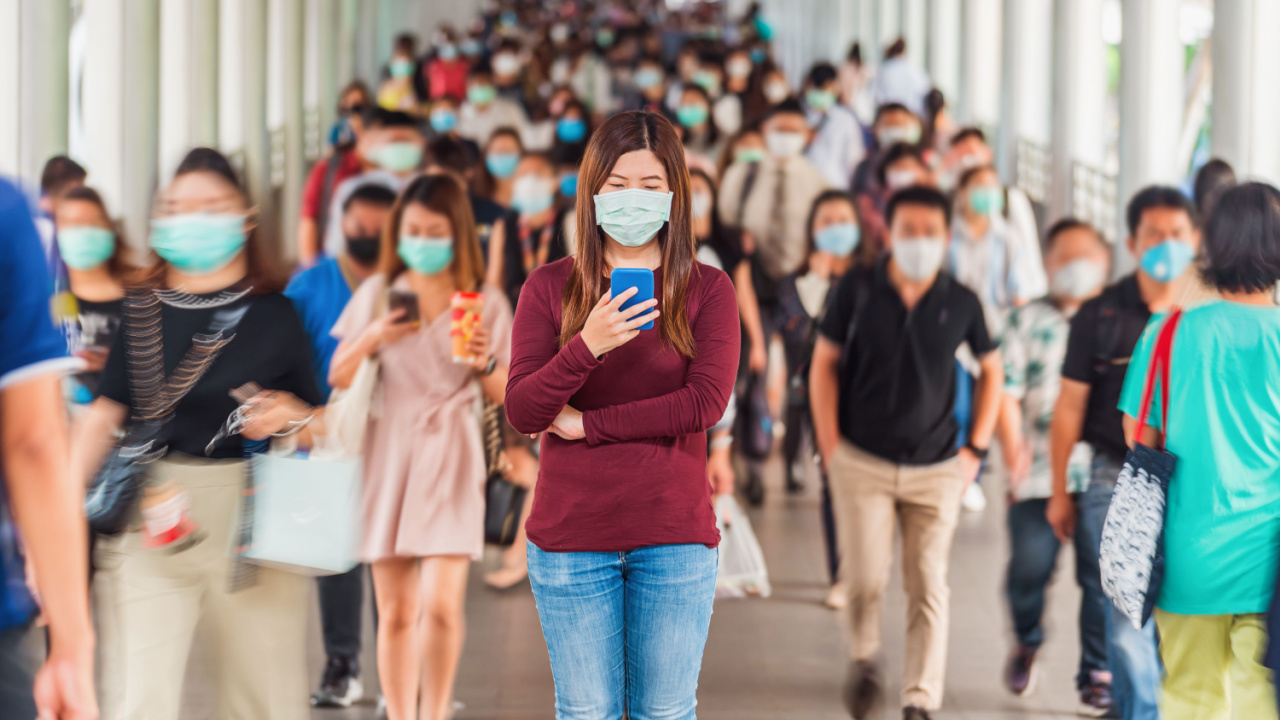
Preppers may be ready for some illnesses with a first aid kit and healthy foods, but warm temperatures and extreme weather have brought about a concern they should not ignore. Zoonoses, diseases that can pass from animals to humans, are increasing because climate change is changing conditions for their spread.
21. Mental Health

While preppers are stockpiling for doomsday and physical survival, many ignore mental health. Climate change can profoundly affect mental well-being, with factors like extreme weather events, the threat of displacement due to disasters, and anxiety about an unpredictable future all adding to mental health issues.
22. Vector Borne Illnesses
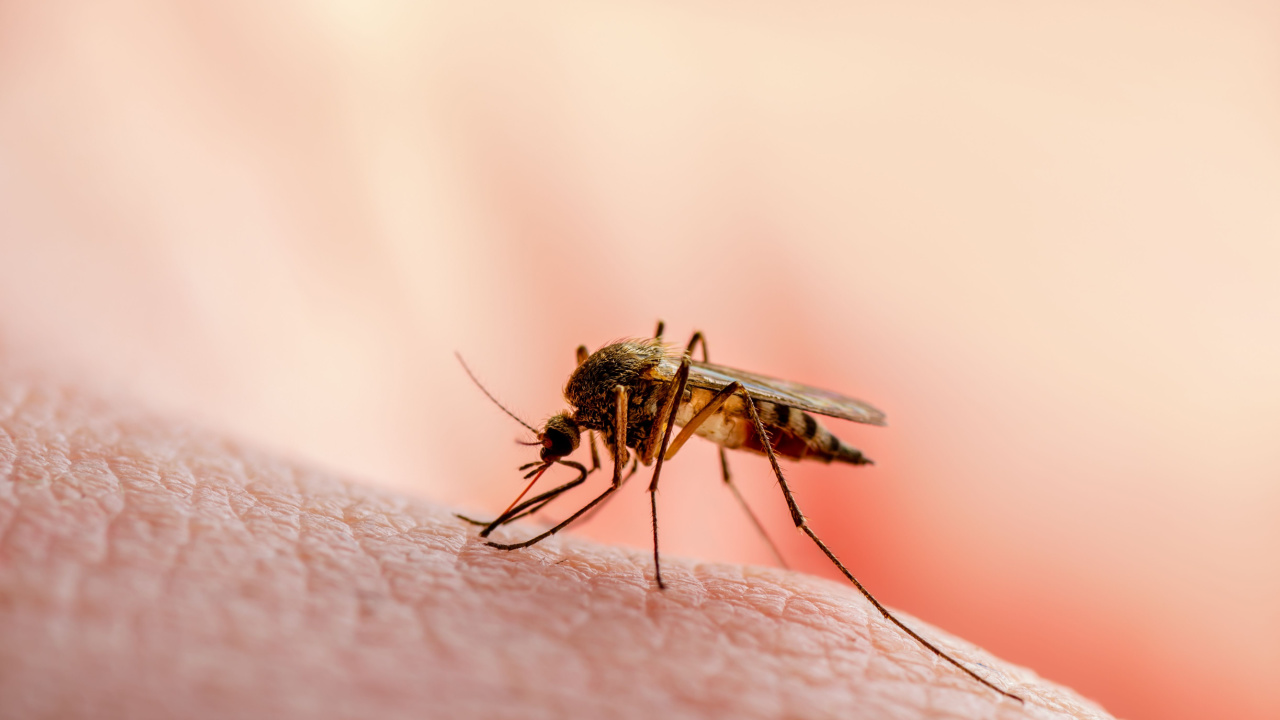
Another effect of climate change that preppers may not be concerned with is the increase in vector-borne illnesses. With flooding, rainfall, and warmer temperatures, insects such as mosquitoes and ticks thrive in new areas, bringing diseases like malaria, dengue fever, and Lyme disease with them.
23. Water Contamination
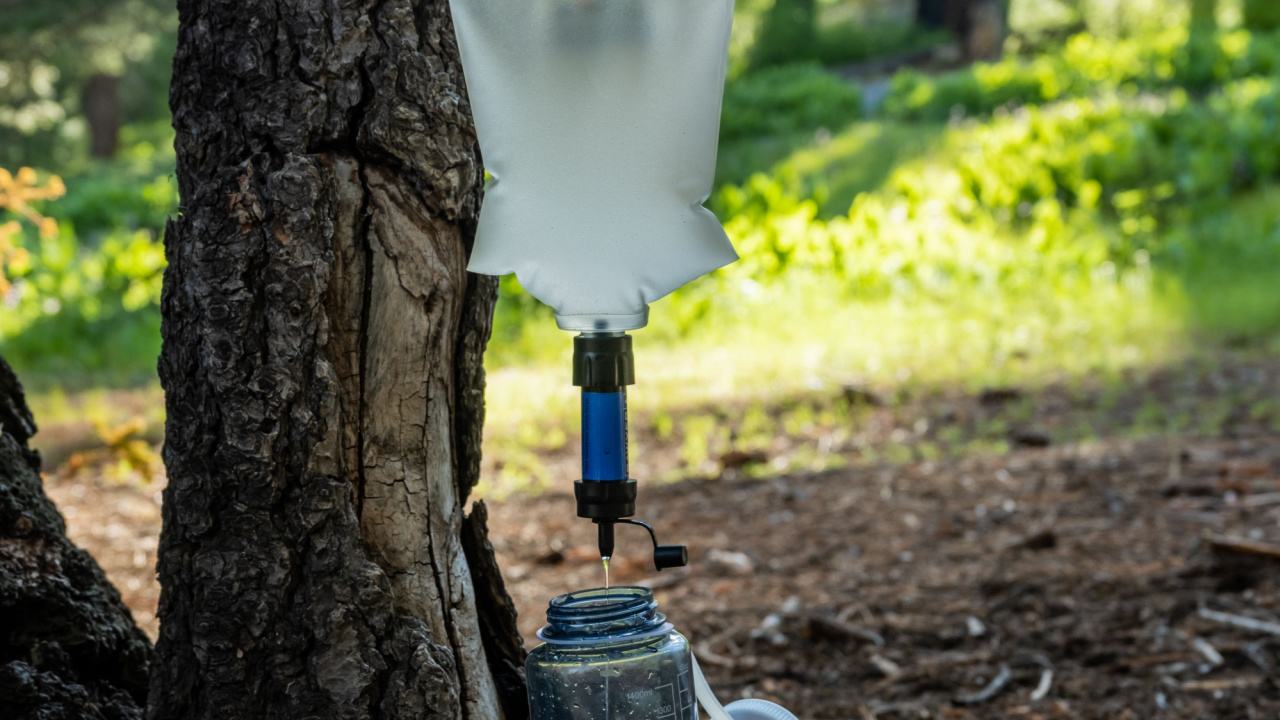
Climate change can also lead to freshwater contamination through weather events like hurricanes and floods, causing sewage overflow and water contamination. Preppers may stockpile water or create a rain catchment system, but they must also know how to purify water.
24. Economic Changes

Climate change can disrupt economies by causing extreme weather events that damage crops, create food shortages, disrupt supply chains, and drive up prices. Preppers should consider these potential economic impacts in their planning by creating emergency funds and developing self-sufficiency skills like gardening and preserving food.
24 Common Sense Ways to Prepare for an EMP Attack
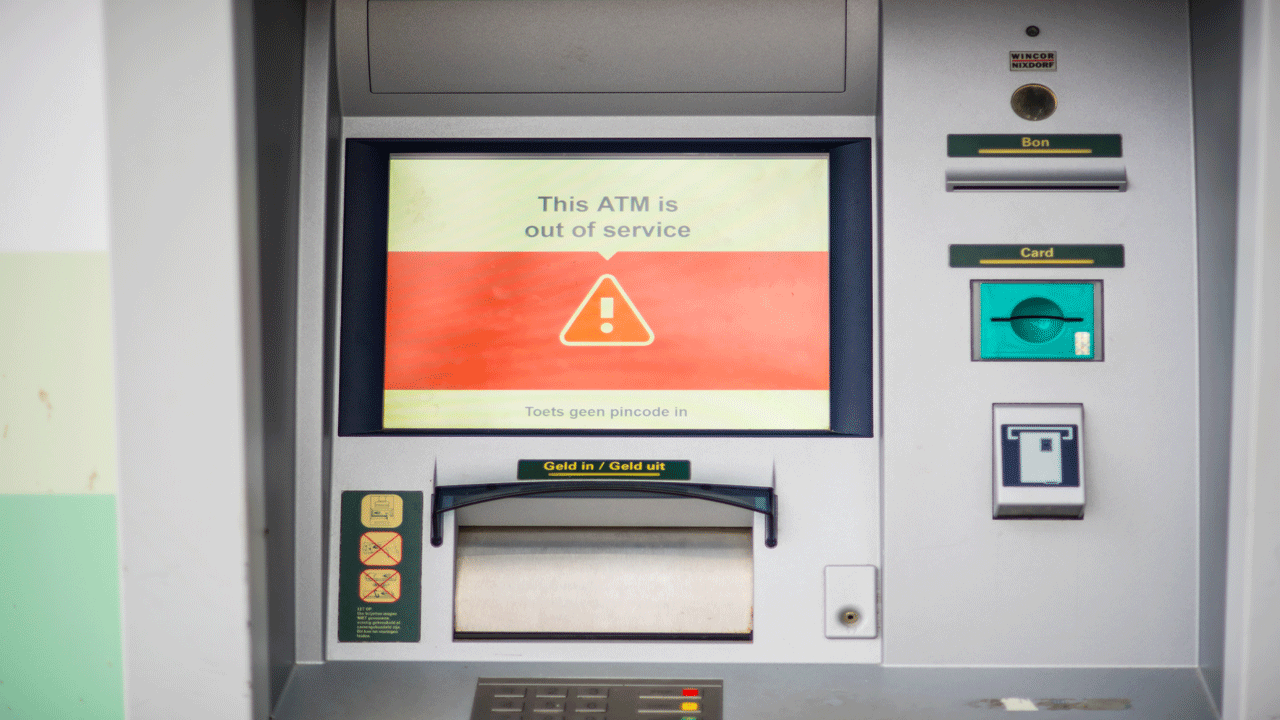
In today’s uncertain world, the looming threat of an electromagnetic pulse (EMP) attack is a stark reality that catches many off guard. An EMP strike holds the power to severely disrupt our modern society, leading to widespread disorder and devastation. From paralyzing our power grid to incapacitating communication networks, the aftermath of such an attack could be catastrophic. Here, we look into the possible consequences of an EMP assault, shedding light on the potential outcomes of such a catastrophe. By recognizing the grave dangers of an EMP attack, we can proactively protect ourselves and our loved ones.
24 Important Money Moves to Make Before a Crisis

We live in a world where our financial stability can suddenly take a hit, especially in times of crisis. These unexpected events can shake our finances and livelihood, whether it’s losing a job out of the blue, facing a natural disaster, or dealing with a global pandemic. Preparing and making wise money moves before the storm is the key to getting through these challenging times. We’ll look at some of the critical steps you can take now to safeguard your finances and shield yourself from future crises. So, let’s dive in together and start planning for a more financially secure future!
14 Essential Canned Goods for Your Emergency Pantry
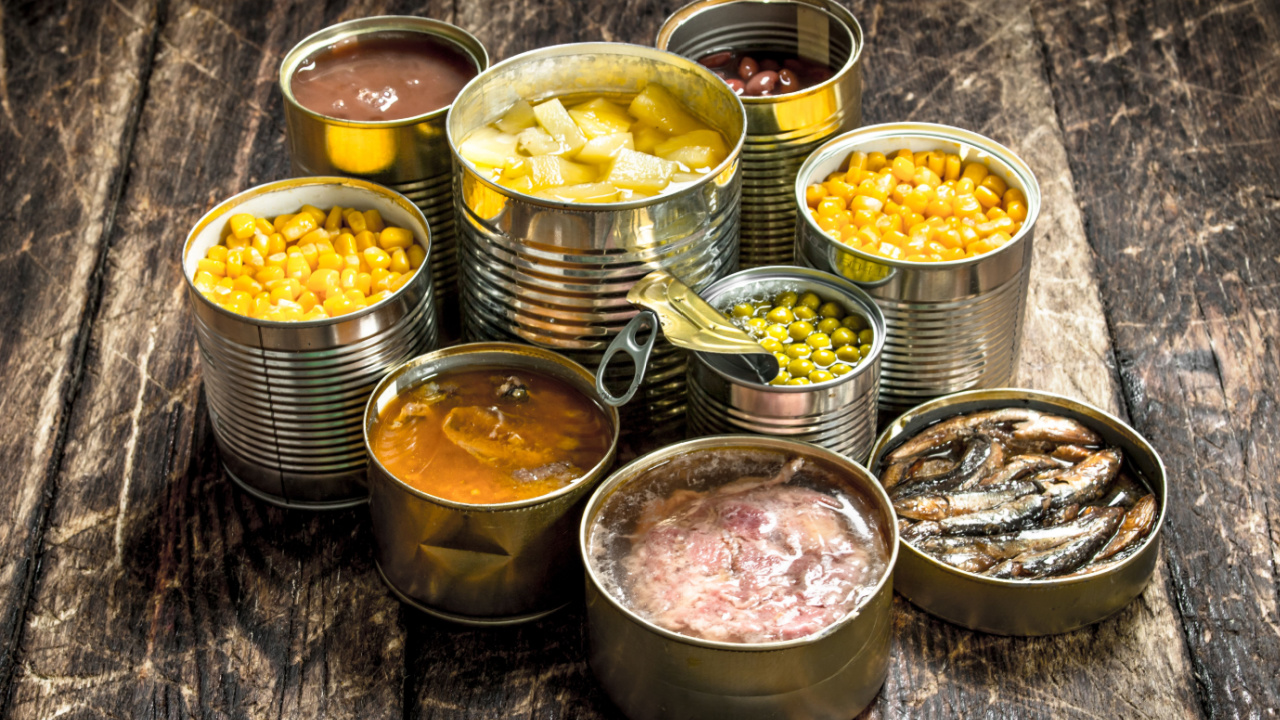
I firmly believe in keeping a well-stocked emergency pantry. While fresh food is ideal, in a survival situation, we may not be that lucky. So, for my family, even though we grow a lot of our own food, canned goods play a crucial role in emergency preparedness. They offer a reliable source of nutrition when access to fresh produce may be limited. The goods you stockpile should be affordable, easy to store, and full of nutrition.


